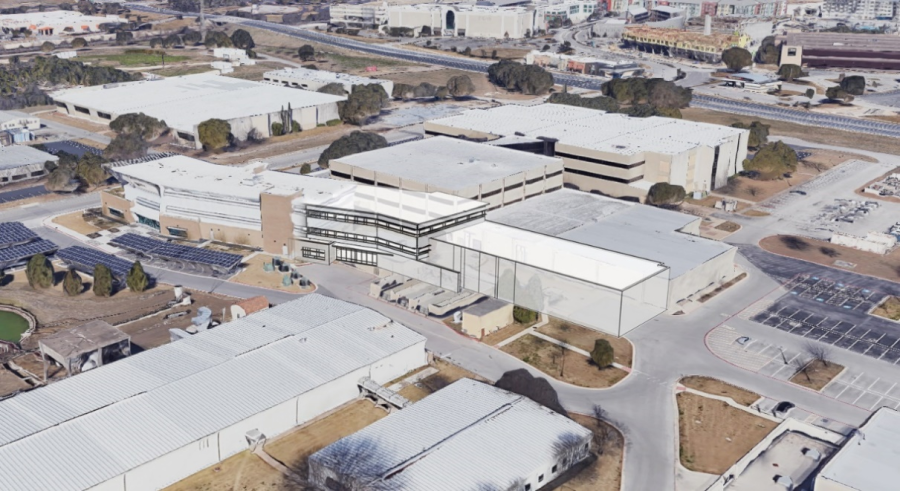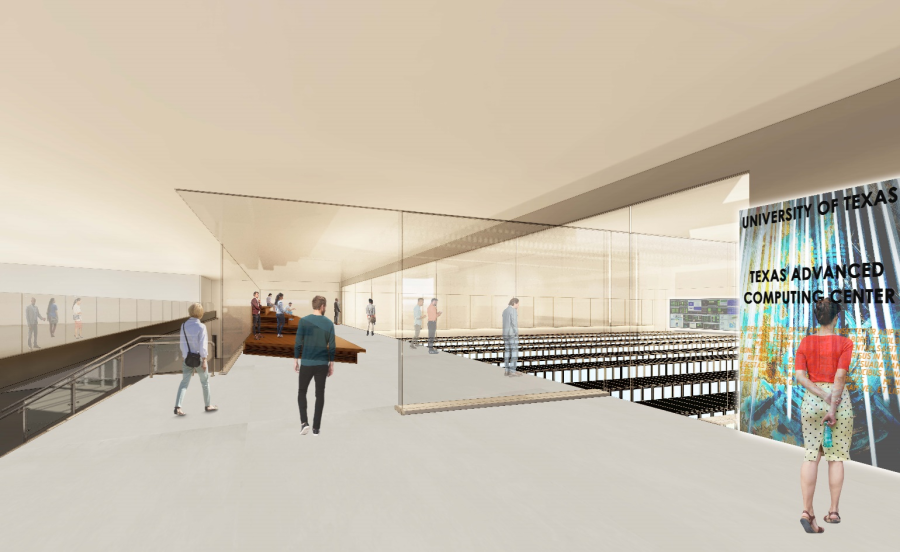People & Programs
Aaron Dubrow
Related Articles
10x and Beyond
Charting the course for U.S. academic supercomputing

Even with the unprecedented computing power currently at our disposal, substantially more supercomputing capacity is needed to solve many of today’s scientific grand challenge problems.
Whether it’s designing fusion reactors or forecasting floods or fires, an order-of-magnitude improvement in computing pushes the frontiers of what’s possible and opens the door to new types of research.
Starting in 2019, TACC was formally invited by the National Science Foundation (NSF) to develop a plan for a Leadership-Class Computing Facility (LCCF) — not a single system, but a center for cyberinfrastructure, including hardware, software, storage, people, and programs. The facility would begin operations around 2025 and support academic researchers in the U.S. for decades to come.
Its first mission: deploy a system 10 times more capable than Frontera.
“Our hope is that the Leadership-Class Computing Facility becomes a place where critical, life-saving, world-changing science can be conducted, and where those successes can be communicated to the next-generation of innovators.”
The project is being planned as part of the NSF’s Major Research Equipment and Facilities Construction (MREFC) process, which funds very large-scale scientific instruments and their facilities.
“The 10-year initial operational period for MREFC projects will provide the nation’s scientists and engineers with a long-term partner, enabling collaborations not possible with shorter awards,” says John West, TACC director of Strategic Initiatives and one of the principals on the planning effort. “It will change the way scientists integrate computation into their research.”
The primary constituencies for the facility will be current large-scale simulation users; the NSF Large Facilities Community, including sites like the Laser Interferometer Gravitational-Wave Observatory (LIGO) and the Large Hadron Collider (LHC); experiments in edge computing with large networks of sensors for future smart cities; new users in artificial intelligence and machine learning; cyberinfrastructure researchers; and researchers at other national labs.
TACC is designing the LCCF and its premier system at a moment when HPC’s possible directions are expanding.

Processors and system architectures are diversifying, and the workloads that centers support — once reliably simulation- and modeling-driven — are expanding to include machine and deep learning, data assimilation, new forms of data and visual analysis, and urgent computing.
Meanwhile, centers continue to face an insatiable demand for compute time from all fields of science.
“High performance hardware itself is only a part of the solution,” West said. “Grand challenge problems also require breakthroughs in algorithms, computational science, data management, visualization, software engineering, scientific workflows, and system architecture, as well as a community of expertise built around the technological capabilities in these areas to ensure that the technologies, hardware, and software can be translated into practice.”
If TACC is addressing the broad needs of the computational science community in its LCCF designs, the center is also working to broaden the pipeline of computing professionals and increase support for publicly-funded resources by communicating the importance of scientific computing to the public.
TACC plans to incorporate a computational science museum and learning center into its LCCF designs — a place where students, leaders, and local residents can learn about computational thinking and applications of computational science in daily life.
Said Dan Stanzione, TACC executive director and associate vice president for research, UT Austin: “Our hope is that the Leadership-Class Computing Facility becomes a place where critical, life-saving, world-changing science can be conducted, and where those successes can be communicated to the next-generation of innovators.”

